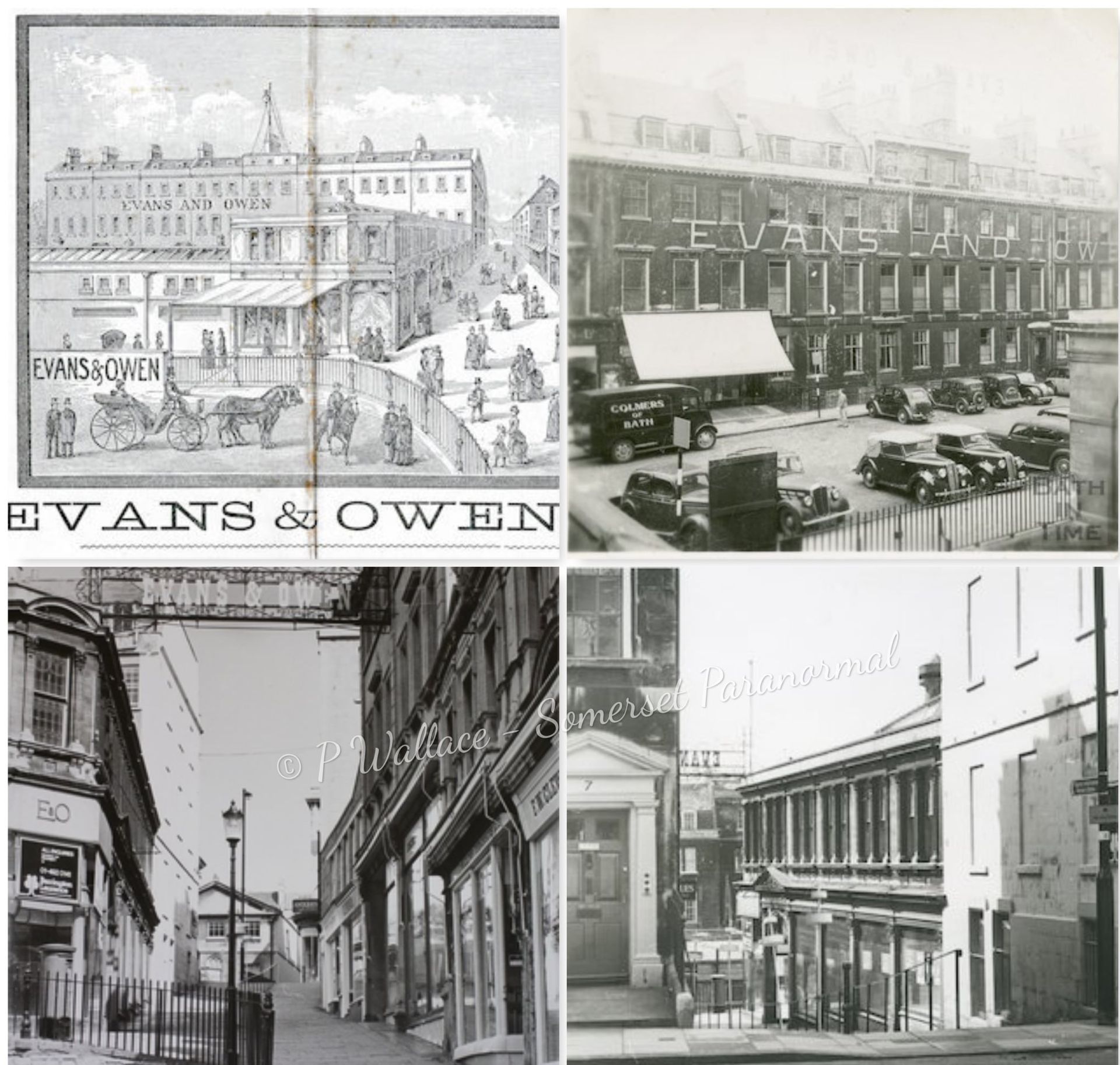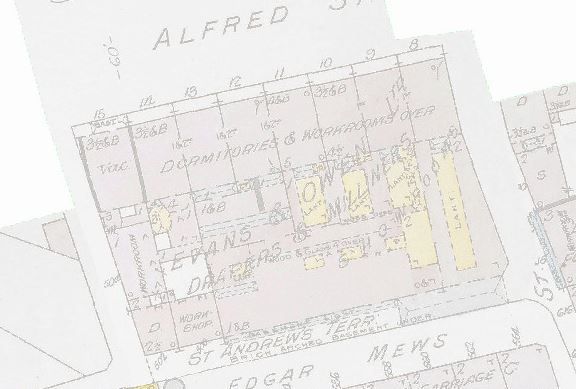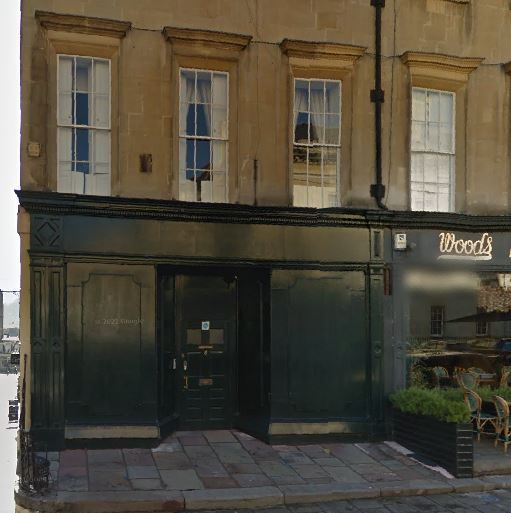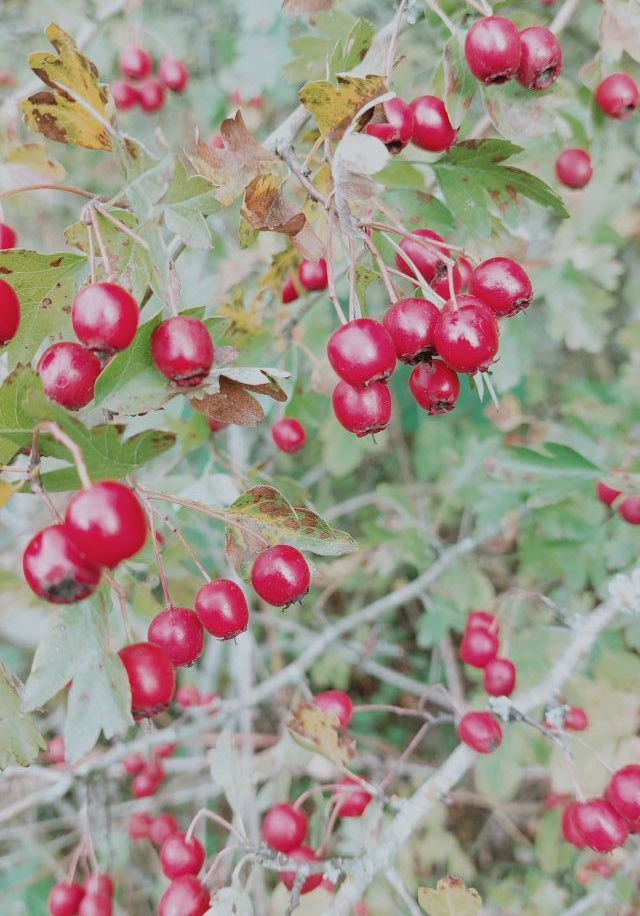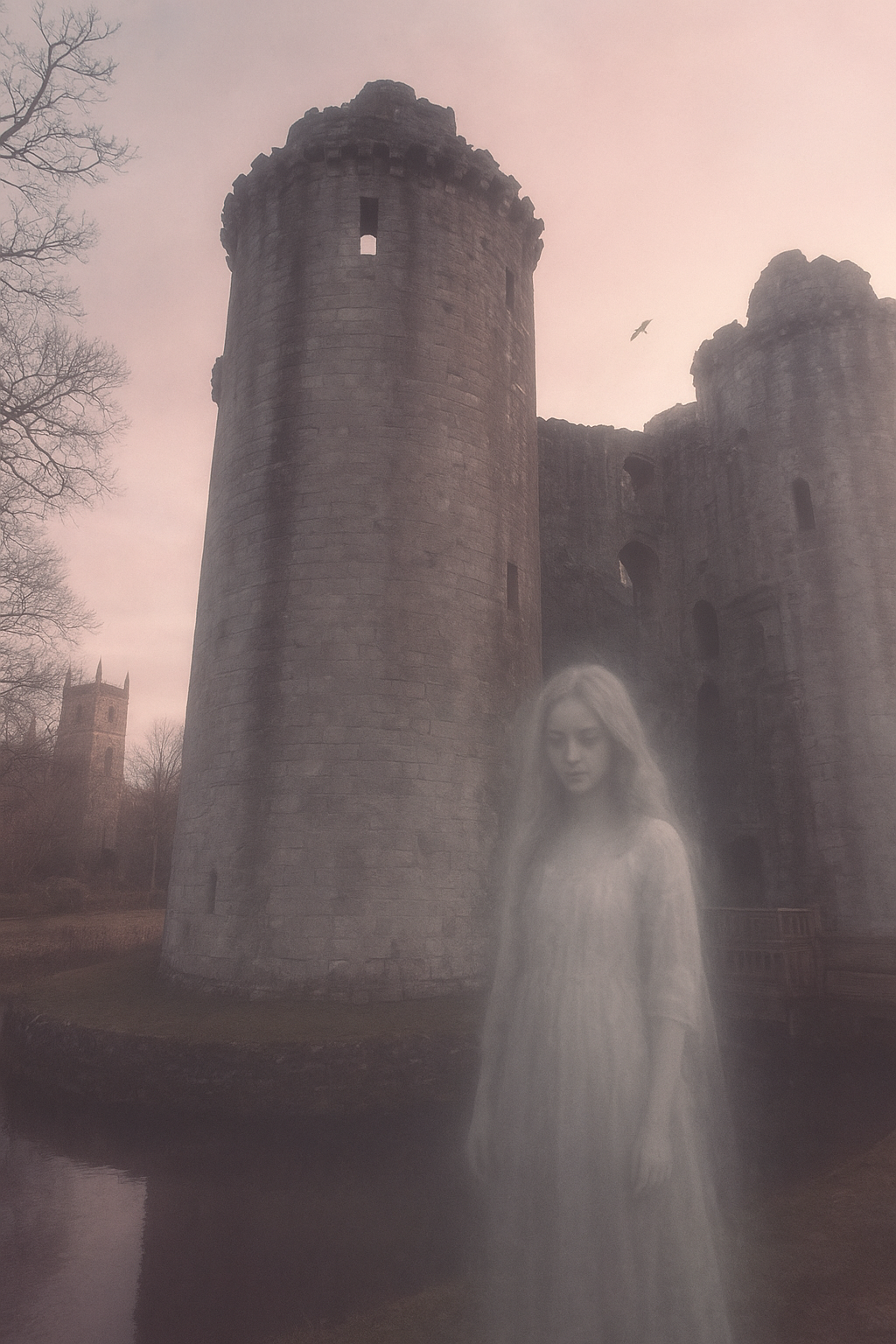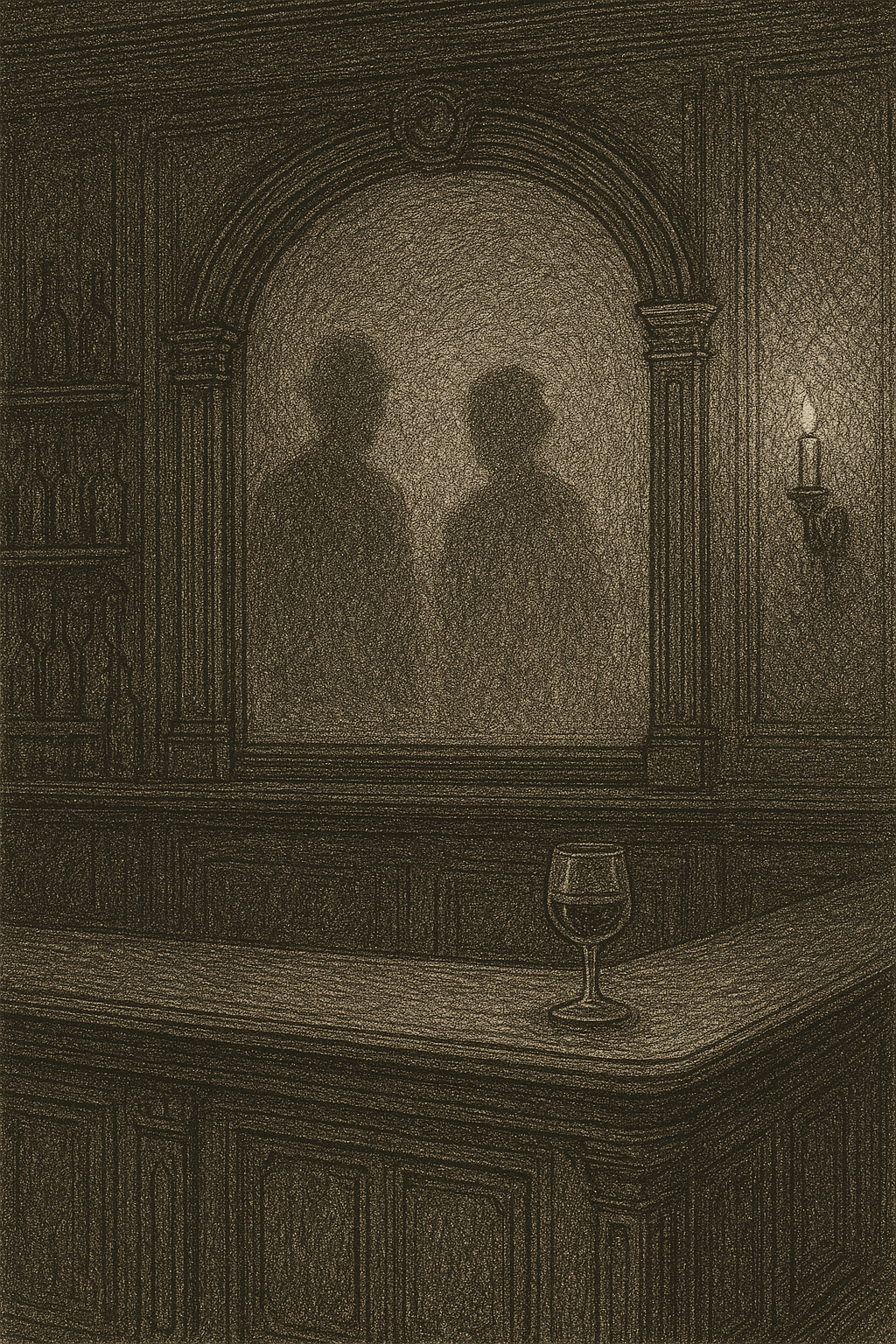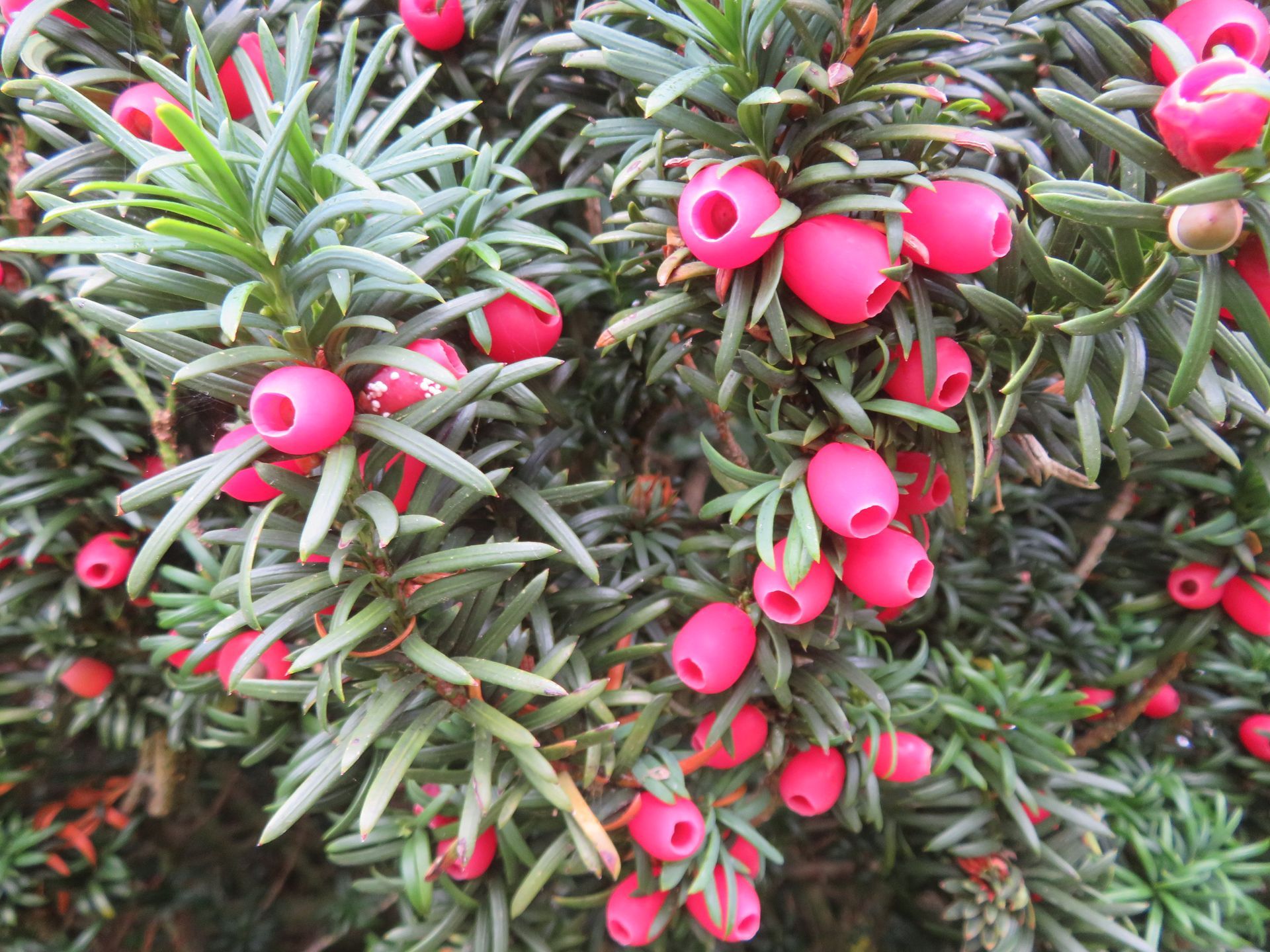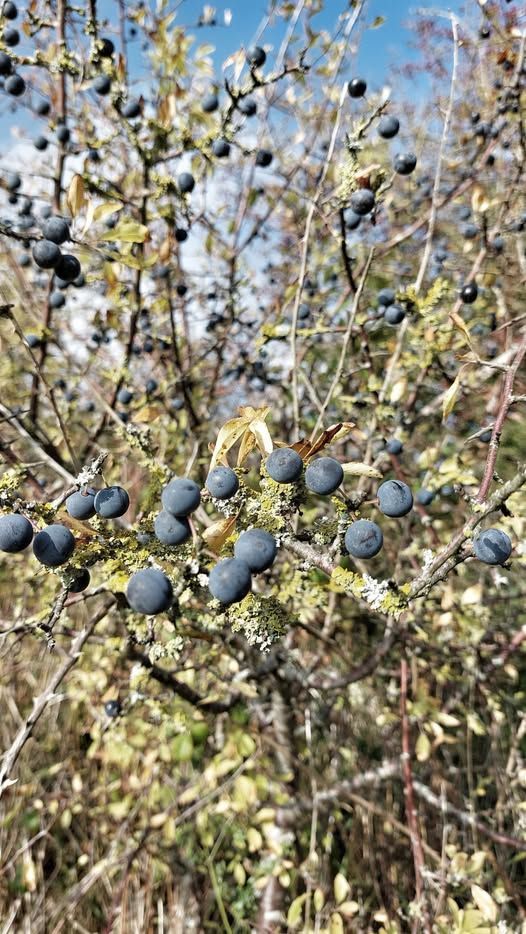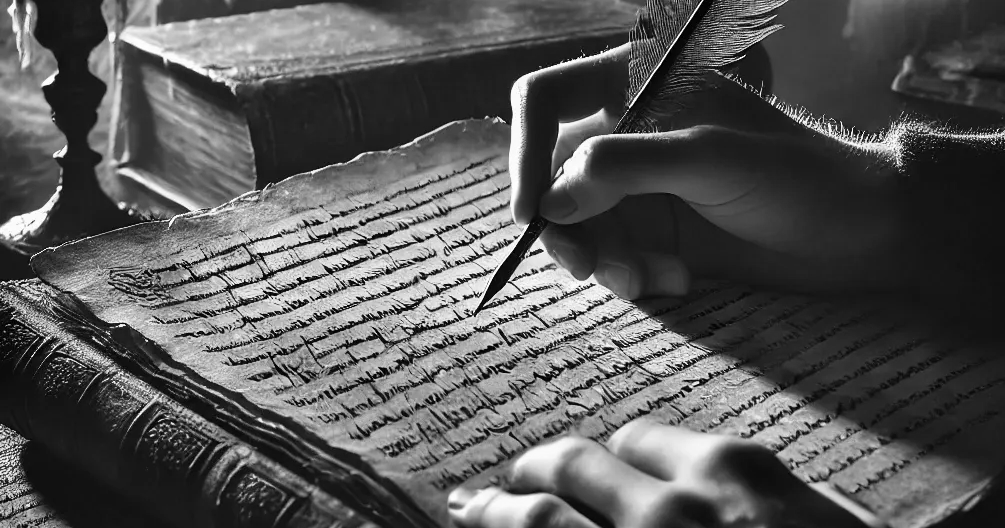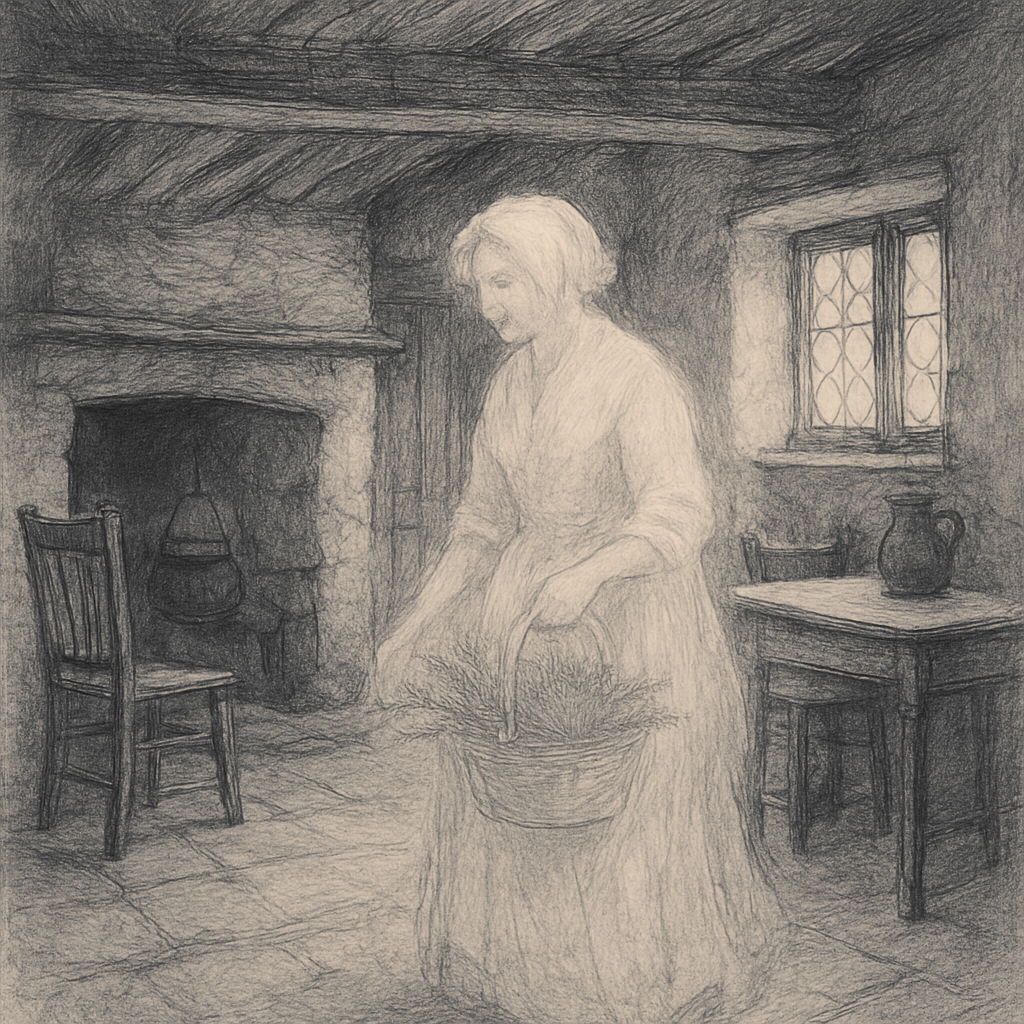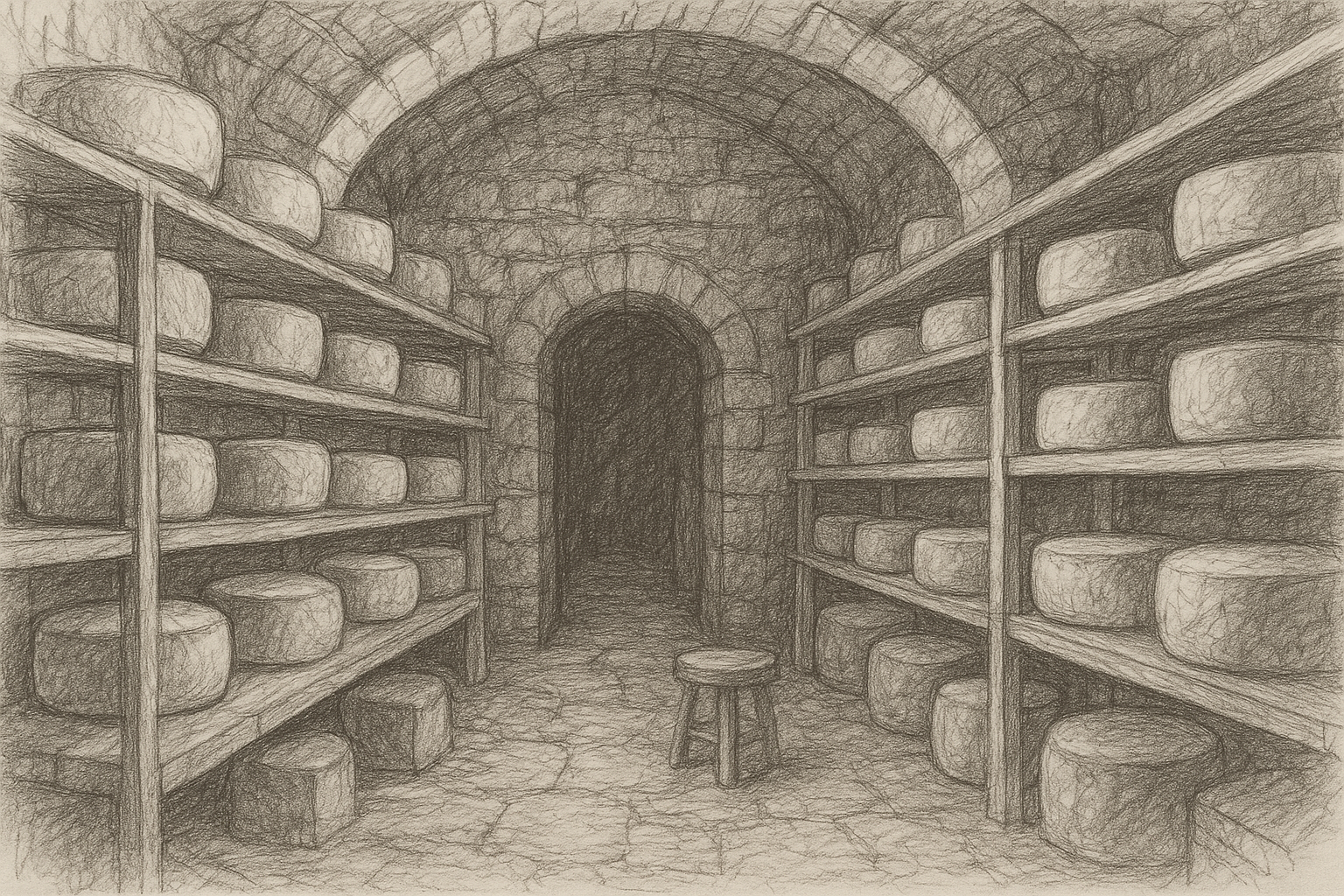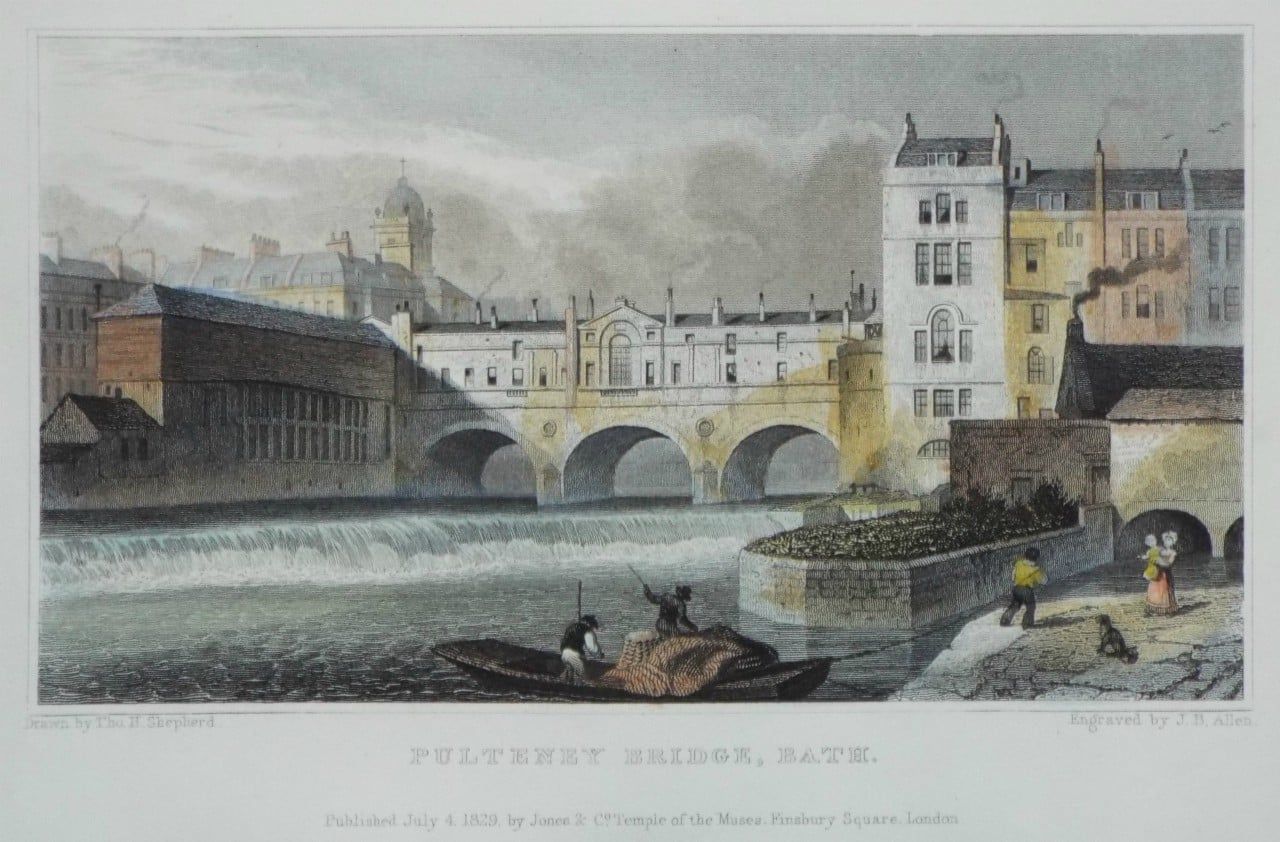Spirits of a Former Department Store - Bath
Evans and Owen Building, Bartlett Street/ St Andrews Terrace - Bath
History-
Evans & Owen was located at 1-11 St Andrews Terrace & 8-13 Alfred Street (between the two streets) from 1880
Originally a terrace of houses, built 1773-1775. Probably by John Wood the Younger.
It was Bath's first department store.
During the 1850s, Owen's uncle Samuel was running a busy draper's shop in Bath and, needing help, took the boy in following the death of his mother. Samuel sent Owen to school in Taunton, then employed him in the shop in 1860.
Owen had a natural aptitude for the work and with his uncle's help, set up his own draper's emporium in Liverpool in 1878.
Within five years this business had over 120 employees, and Owen soon looked to expand.
During the 1880s, he became a partner in his uncle's firm, now renamed 'Evans and Owen' and a great Bath institution was born.
The store at its height came to dominate both Bartlett Street and Alfred Street.
Such was Evans and Owen's prestige, Queen Mary would do her Christmas shopping there, as reported in 1942.
During the Bath Blitz in April 1942, the whole row got some minor and some serious damage due to a bomb dropping on the Assembly Rooms directly across the road.
After closing in 1974 it became a restaurant and bar called Evelyn & Owen, then from 1986 Old Orleans Restaurant & Cocktail Bar until early 2000, now its the home of The Boston Tea Party with a complete overhaul from when it was Old Orleans.
Hauntings - A Personal Account
I used to work in this building when it was Old Orleans Restaurant, from 1992- 2002
There were a few unexplained things that used to happen in our time working there.
There used to be the sound of footsteps coming up the wooden stairs from the entrance downstairs and no one would appear or be seen in the concave mirror that was on the turn of the stairs.
There have also been subsequent reports of footsteps being heard on the old wooden floors.
You would quite often the feeling of their being someone behind you also, when you were stood at the till or doing the cutlery in the restaurant..
One member of staff, when alone in the building one morning had a sudden very loud knocking on the window which was screened off between the kitchen and main restaurant at that time which terrified her.
There was an alleged spirit who sat at table 5 in the corner by the beer room, as was reported by a member of staff that was a sensitive.
There were also tales of an old lady who had died in the Evans & Owens shoe department, which was where the kitchen was at that time.
Thoughts/ Research -
I have tried to research the story of the lady dying in the shoe department but no luck so far, so this could have just been a made up story.. this is yet to be verified.
I have found that in 1940 a gentleman aged 67 who was a well known and much esteemed and valued member of staff at the store for many years died suddenly on a bus on Lansdown Road.
Also in 1947 another gentleman, a long standing and valued member of staff just suddenly passed away on the premises at work, he was another buyer for the store as was the one above, both in their mid 60's.
Could either still be haunting their old workplace ?
The cellar was very dark and creepy, being part of the old vaults that front onto St Andrews Terrace, I would never go there alone..
I have also found a vague report that the store may have arranged funerals? but that would need more verification.
I would love to know whether the current occupiers still experience any activity..
© P Wallace - Bath & Somerset Paranormal
History - Justin Hunter Estate Agents
Photos courtesy of Bath in Time
#evansandowen #oldorleans #bathparanormal #ghostsofbath #hauntedrestaurants #hauntedbuildings #ghostsofbath #hauntedbath #bathghosts #cityofbath #victorian
Share
